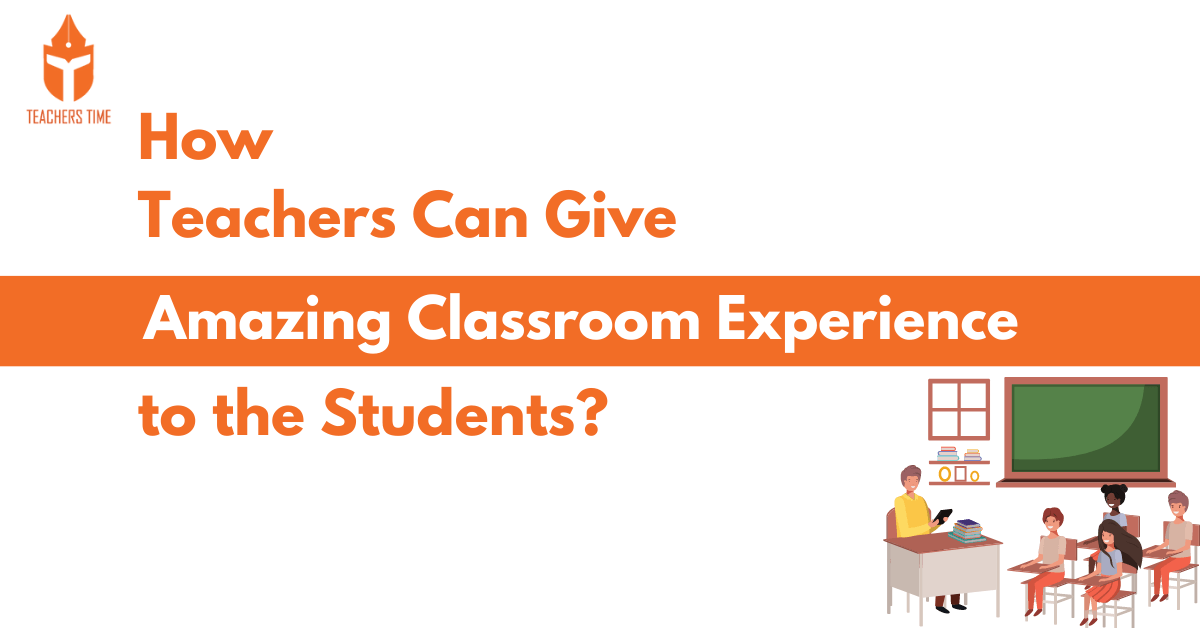
- Students learn best when the learning experience is interesting, engaging and fun. And learning is all about using the brain efficiently. In recent times, scientists have discovered amazing facts about how the human brain works and how people learn. Then why don’t we learn about these findings and use them to teach children in schools in a better and engaging way?
Renate Caine and Geoffrey Caine are the parents of brain-based approach to learning and teaching. Neurologists and cognitive scientists have been knowing about human brains and how it functions for quite some time. But it’s not before 1990 when Caine(s) published their ground-breaking findings and developed 12-principles of brain-based approach for teachers and educators.
Their 12-principles are now widely used worldwide in various educational systems, curriculum and schooling systems. In Light of Hope, we deeply follow these 12-principles in our various activities starting from developing contents and materials to allocating resources to our supported schools. Recently we added this to our teacher development course on named “A Guide to Teaching Learning Materials“.
Find our other amazing courses for the teachers here.
So, here is the principles that we hope will help millions of teachers and educators around the world to understand how human brain works and how teachers can use these principles to make classroom learning interesting, engaging and effective.
Principle 1: Human brain is a parallel processor.
You can walk the street, enjoy the view and still can hear the sounds coming from everywhere, right? It’s because our brain is developed as a parallel processor. We can feel different emotions at the same time. We can multi-task.
Like the brain, good teaching should bring different methods and techniques together to cover a topic. No single method or technique can possibly cover the variations of human brain. Each child processes things differently and learn differently. Good teacher makes sure she/he covers multiple techniques at the same time in the classroom so that the students with different kinds of intelligence get enjoyable learning experiences and do not get deprived of the opportunities and knowledge.
Principle 2: Learning engages the entire physiology.
Since brain is just another organ (although a very complex one), it follows the same physiological rules like the other organs. Learning is as natural as breathing. Brain also needs proper nutrition for neuron growth and nourishment. Brain-based teaching incorporates stress management, nutrition, exercise and other areas of health into the learning process. So it will be actually a good idea to do a 5-min exercise before the class starts.
According to brain research, there can be a five-year difference in learning due to malnutrition between two ‘average’ kids.
Principle 3: The search for meaning is innate.
The search for meaning is deeply rooted to our survival. We always look for meaning (making sense of our experience) and ask ‘WHY’ or ‘HOW’. Children are no difference. They ask a lot of ‘Why’ and ‘How’ questions than adults, since they are not around in the world for long. They still haven’t taken anything granted.
Brain-based education focuses on satisfying the brain’s enormous curiosity, hunger for novelty, discovery and challenge. Programs for gifted or special children already combines a rich environment with complex and meaningful challenges.
Most of the creative methods used for teaching gifted students should be applied to all children.
Principle 4: The search for meaning occurs through ‘patterning’.
We all love to solve puzzles. We love following patterns. When we day-dream, we follow a pattern.
When we want to teach something to children, as educators, we should impose a pattern into the whole learning system or the learning materials that we use should follow pattern so that students can learn through that pattern. Education contents and materials with pattern is a very good content.
Principle 5: Emotions are critical to patterning.
What we learn is influenced and organized by our emotions and mind-sets. Teachers must understand that students’ feelings and attitudes will be involved in learning and will also determine the future learning. Materials that consider and involve students’ emotions and feelings help students to learn in a faster way. If the materials can be used by the students in a group or pair work, then it helps them to learn better.
Principle 6: Each brain simultaneously perceives and creates Parts and Wholes.
We all know that we have left and right side of the brain that deals with two different things. But whether you are listening to music, drawing a picture or doing a math, both left and right side of the brain work together.
People have difficulty understanding something when part of it is explained but not the whole picture. They can’t connect it with the bigger picture. Good teachers always cover both. That’s why equations and scientific principles are learnt best when they are taught with real-life context or living science.
So when we develop any educational content or material, as educator or teacher we need to see whether the material is covering both the ‘Parts’ and ‘Whole’ of that topic.
Principle 7: Learning Involves Both Focused Attention and Peripheral Perception.
The brain absorbs information with which it is directly involved, but also pays attention to information outside of the direct involvement field. This means that the brain responds to the entire sensory context in which teaching or communication occurs.
For example, if you are teaching ‘Food Chain’ to children you can cover one particular food chain (Grass – Grasshopper – Frog – Snake – Eagle) but then try to connect it with a scenario of a Jungle where there are several different food chains exists.
Principle 8: Learning Always Involves Conscious and Unconscious Processes.
Much of our learning is unconscious and below the level of awareness. We learn much more than we ever consciously understand. Our experiences become part of our prior knowledge in both conscious and unconscious ways.
Group work, project-based work, outdoor activities, learning through playing are some wonderful ways how you can teach something to children through unconscious process. And it lasts longer.
Principle 9: We have at least two ways of Organizing Memory – a Spatial Memory System and a set of systems for Rote Learning.
We have a spatial memory that does not need rehearsal and allows for “instant” recall. This memory is stored by experience, by actually doing that first hand. It is always engaged, inexhaustible, and motivated by novelty. If I ask you, what do you have for breakfast this morning, you answer that instantly. That comes from our spatial memory. If I ask you, tell me definition of Corrosion, what then? You hesitate and try to remember what you learned about it in the school. So Rote Learning is more related with memorizing things by practicing over and over again.
Our current education system and the educators are really good at making the Rote learning work but failing about Spatial Learning.
So, in our teaching and learning materials, we have to ensure that we focus on both types of memories.
Principle 10: We understand and remember best when facts and skills are embedded in Natural, Spatial Memory.
Have you ever wondered how babies learn their mother language? They don’t go to school for that. Yet they learn to speak. Babies learn language through multiple interactive experiences with vocabulary and grammar. It develops both by internal processes and by continuous social interaction.
Unconsciously the parents and people around the new-born use a natural and systematic way to teach them how to speak. Teachers can take learning from that and develop processes that follow similar principles to teach something new in the classroom.
Teachers need to use a great deal of real-life activity, including classroom demonstrations; projects; field trips; visual imagery of certain experiences; stories; metaphors; drama; and interaction of different subjects. Grammar can be learned in process, through stories or writing. Success depends on using all of the senses and immersing the learner in a multitude of complex and interactive experiences. Lectures are not excluded, but they should be part of a larger experience.
Principle 11: Learning enhanced when appropriately ‘Challenged’ and decreased when under perceived ‘Threat’.
When you are challenged to do something, you do it best given that you’ve accepted the challenge. Learning among children works the similar way. When the teachers design learning process in a way that seems like an interesting challenge to children, they learn best.
On the other hand, when children are threatened, for example, if they don’t learn it or do it, you will not take them to their favorite place, the learning curve drops.
This may work for adults for a short period of time. For example, threatening them if they can’t finish it by 7 days, they will lose the job. Threat is never good for long term success. However with perceived threat, children may quickly memorize something (Rote Learning), but will never really ‘learn’ that (Spatial Learning). (See Principle 9)
So learning materials should be safe for students and able to challenge students’ ability.
Principle 12: Every brain is unique.
Yes, everyone is different, every brain processes differently. All humans have the same set of systems, yet we are all different based on genetic endowments, differing prior knowledge, and differing environments. The more we learn, the more unique we become.
All the contents and learning materials that we produce and use for our children in the classroom should cover different types of learners and different learning styles.
If you come this far, we will consider ourselves successful. Thanks for taking your time; it means you care about your students and school and want to do good for them.
Next time when you go to teach something to the students or develop a learning material for your class, keep these principles in your mind. You can make a checklist pointing these 12 principles and keep it on your desk.
Happy Teaching. Remember, you are the real Superhero who are changing thousands of lives.

